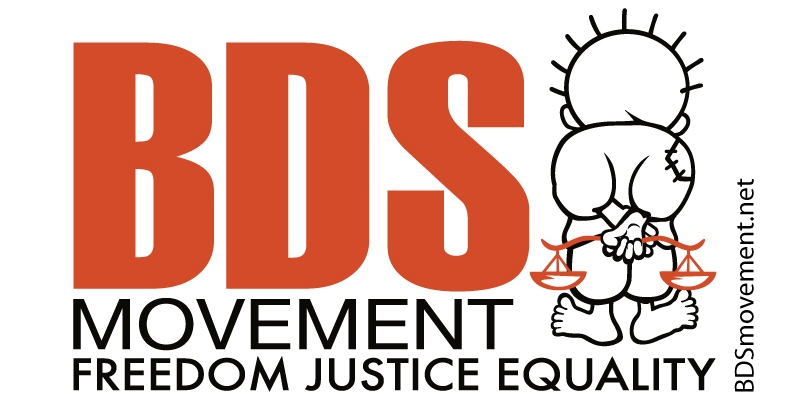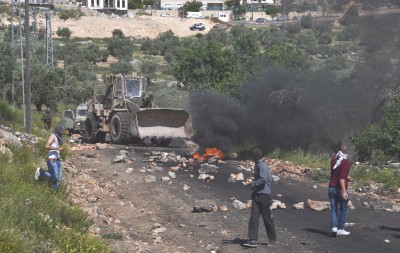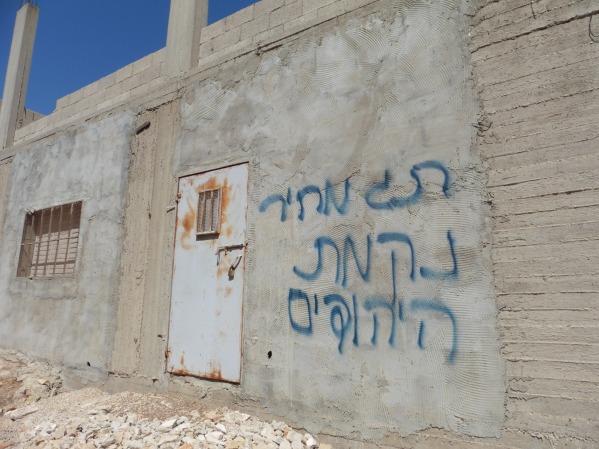-
Israel must be held accountable for its collective punishment of Palestinians
3rd July 2014 | Palestinian BDS National Committee | Ramallah, Occupied Palestine – Palestinian organisations condemn Israeli operations in West Bank and Gaza as collective punishment – Palestinians call for military embargo and boycott action Palestinian boycott, divestment and sanctions (BDS) activists have are urging governments and international civil society to take action to hold Israel […]
-
Complaint submitted to the United Nations concerning the military detention of Palestinian human rights defender under Israel’s repressive protest law
3rd July 2014 | Addameer Prisoner Support and Human Rights Association | Kufr Qaddum, Occupied Palestine Lawyers for Palestinian Human Rights (LPHR) and Addameer Prisoner Support and Human Rights Association (Addameer) submitted a joint complaint today to the United Nations Special Rapporteur on the situation of Human Rights Defenders (UNSR) concerning the arrest and continued pre-trial Israeli […]
-
Price tag attack in Aqraba, farmer’s house attacked
2nd July 2014 | International Solidarity Movement, Nablus team | Aqraba, Occupied Palestine Fadi Bassem is a farmer who lives in the village of Aqraba, 20 km south of Nablus, in the northern half of the West Bank. He lives with his extended family, 15 people in a single house. At 03:30 in the early hours of […]
Action Alert An Nabi Saleh Apartheid Wall Arrests BDS Bethlehem Bil'in Cast Lead Demonstration Denial of Entry Ethnic Cleansing Farmers Gaza Global Actions Hebron House Demolition International law Israeli Army Jerusalem Live Ammunition Nablus Ni'lin Prisoner Ramallah Rubber-coated steel bullets Settlement Settlers Settler violence Tear-Gas Canister Video



